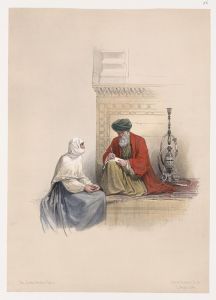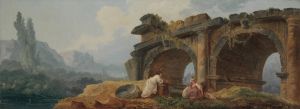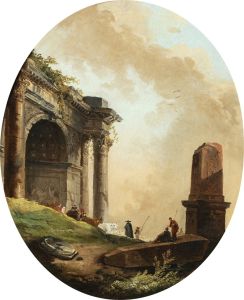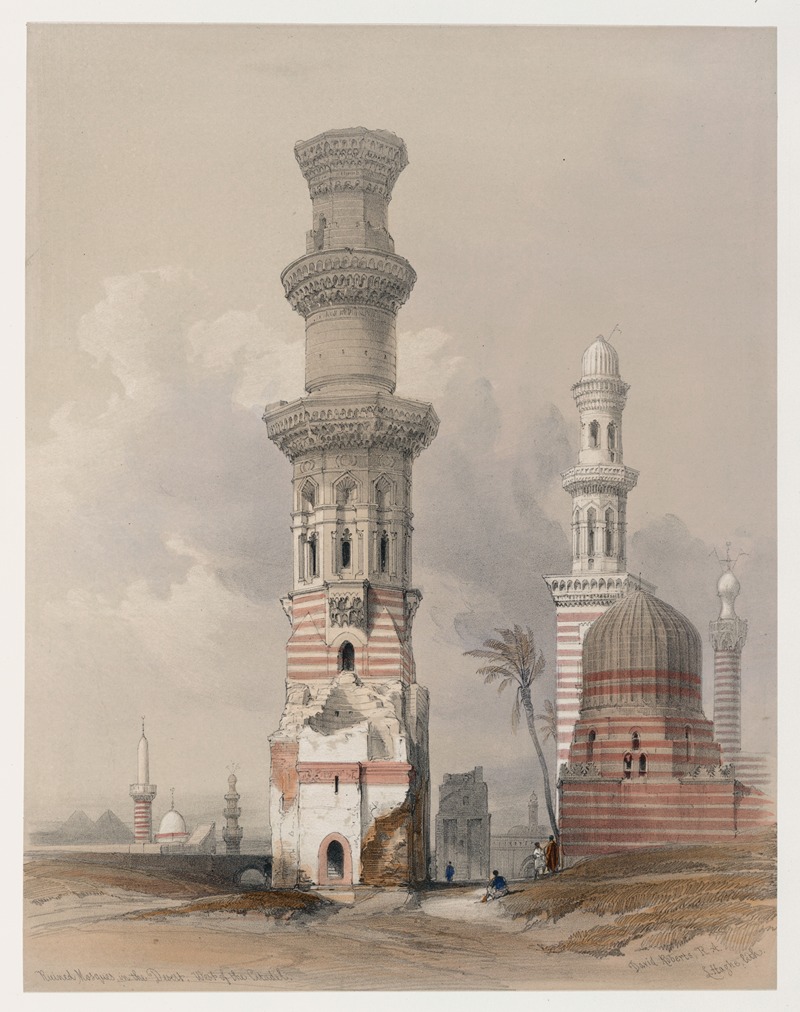
Ruined mosques in the desert, west of the Citadel.
A hand-painted replica of David Roberts’s masterpiece Ruined mosques in the desert, west of the Citadel., meticulously crafted by professional artists to capture the true essence of the original. Each piece is created with museum-quality canvas and rare mineral pigments, carefully painted by experienced artists with delicate brushstrokes and rich, layered colors to perfectly recreate the texture of the original artwork. Unlike machine-printed reproductions, this hand-painted version brings the painting to life, infused with the artist’s emotions and skill in every stroke. Whether for personal collection or home decoration, it instantly elevates the artistic atmosphere of any space.
"Ruined Mosques in the Desert, West of the Citadel" is a painting by the Scottish artist David Roberts, a prominent 19th-century painter and lithographer known for his detailed and romanticized depictions of architectural and historical sites in the Middle East and North Africa. This artwork is part of Roberts' extensive body of work created during his travels in the region, which he undertook between 1838 and 1839. His journey was one of the first by a European artist to document these areas in such detail, and his works remain significant for their historical and artistic value.
The painting depicts the ruins of mosques situated in a desert landscape, west of a citadel. While the exact location of the scene is not specified, it is consistent with Roberts' focus on capturing the grandeur and decay of Islamic architecture in regions such as Egypt, the Levant, and the Arabian Peninsula. The composition highlights the intricate details of the ruined structures, set against a vast and arid desert backdrop. Roberts' use of light and shadow emphasizes the textures of the crumbling stonework and the desolation of the setting, evoking a sense of both beauty and melancholy.
David Roberts' works were widely acclaimed during his lifetime and were often reproduced as lithographs, which helped disseminate his images to a broader audience in Europe. His paintings and lithographs contributed to the 19th-century European fascination with the Orient, a term used at the time to describe the cultures and landscapes of the Middle East and North Africa. While his works are celebrated for their artistic merit, they are also viewed through the lens of Orientalism, a concept critiqued for its romanticized and sometimes stereotypical portrayal of non-European cultures.
The painting is an example of Roberts' ability to combine artistic skill with a documentary approach, offering a glimpse into the architectural heritage of the Islamic world as it appeared in the 19th century. His works continue to be studied for their historical significance and their role in shaping Western perceptions of the Middle East during the Victorian era.





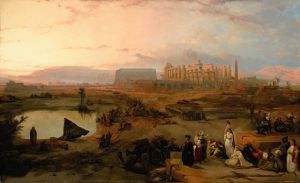
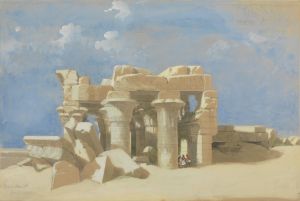
![Approach to the Temple of Wady Sabua [Wadi al-Sabua], Nubia.](/imgs/217463/s/david-roberts-approach-to-the-temple-of-wady-sabua-wadi-alsabua-nubia-41e9aa7e.jpg)
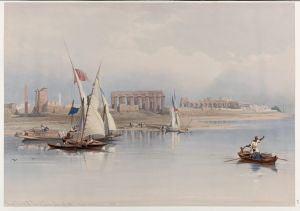


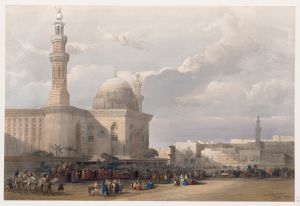
![Pyramids of Geezeh [Giza].](/imgs/217529/s/david-roberts-pyramids-of-geezeh-giza-edcbd9cd.jpg)
